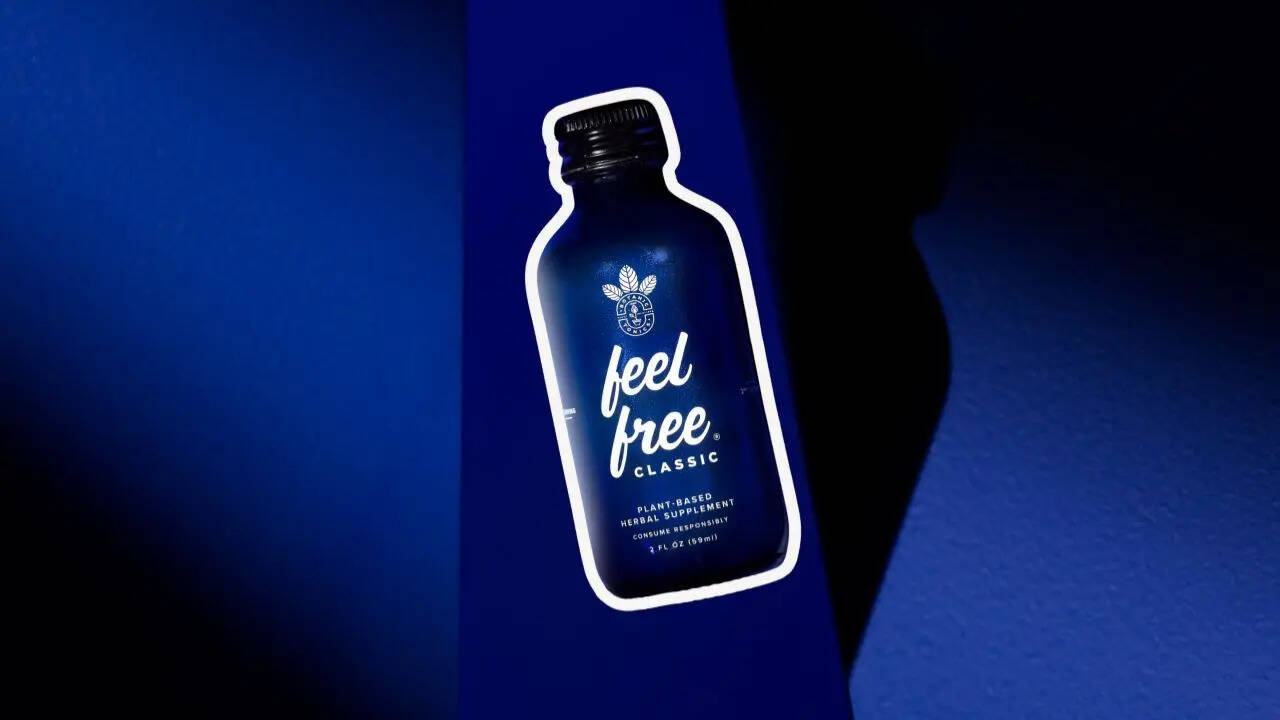Why The Viral 'Natural Nightmare' Drink Feel Free Is Sending People Into Addiction And Rehab

Credits: Botanic Tonics
SummaryThe herbal tonic Feel Free, marketed as natural, is leaving users addicted, broke, and in rehab, with TikTok fueling urgent warnings about its opioid-like dangers.
End of Article
